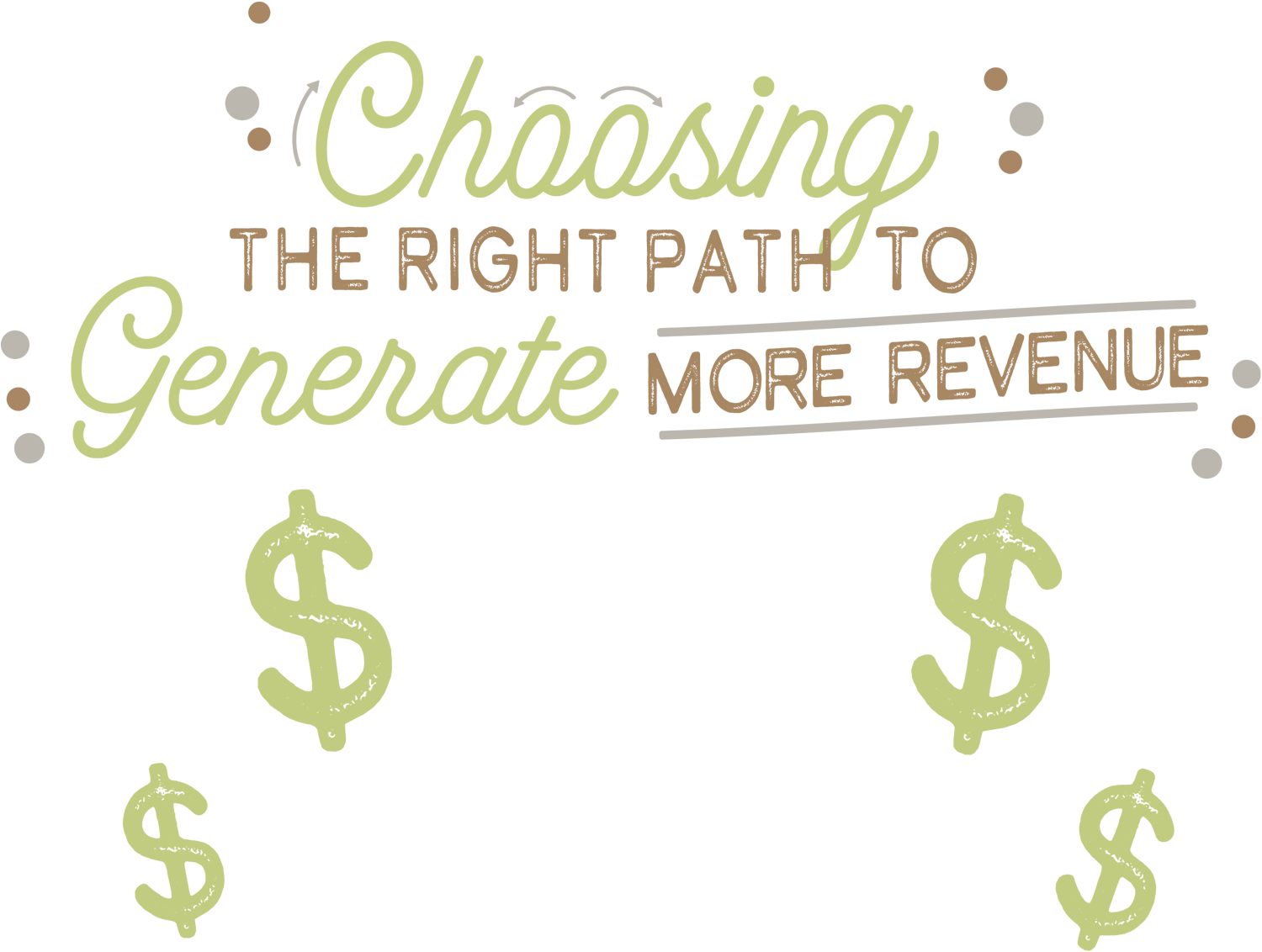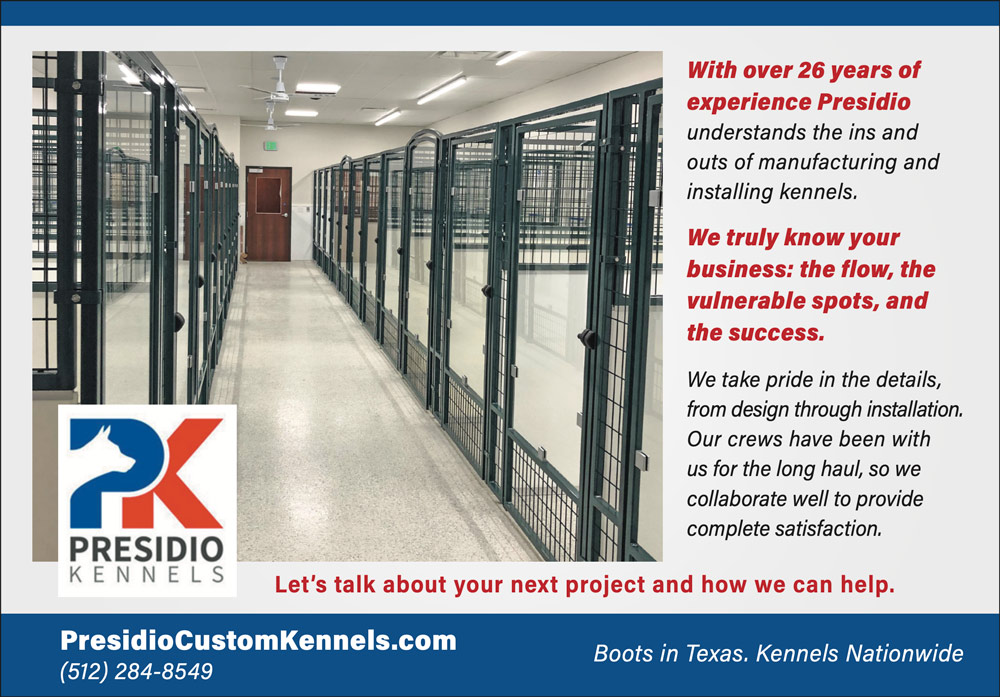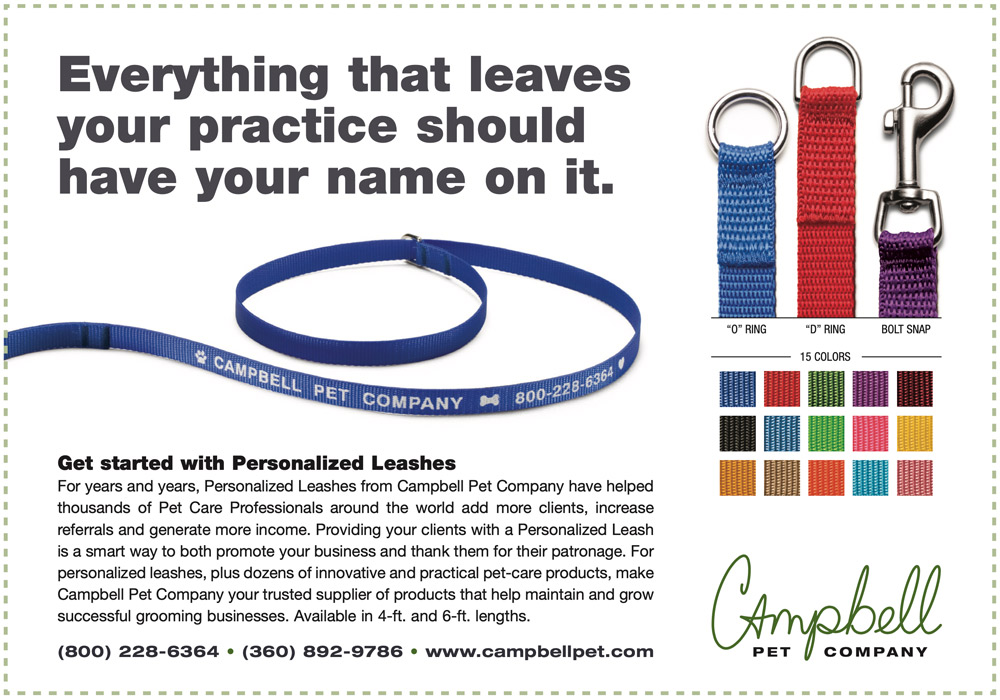

 n late August of last year, Federal Reserve Chairman Jerome Powell said reducing skyrocketing inflation will “bring some pain” to businesses and households, but not acting would be even more painful.
n late August of last year, Federal Reserve Chairman Jerome Powell said reducing skyrocketing inflation will “bring some pain” to businesses and households, but not acting would be even more painful.
And so it began…
Expenses have soared. Interest rates and labor and building costs have climbed rapidly, and will likely continue to increase. If this sounds relatable, it’s more important than ever not to get complacent—and not expect 2023 to be as strong as this year.
With a recession on the horizon, business owners are approaching a critical fork in the road. The most common path is jagged with pitfalls leading to lower revenue, higher stress, lower profit and drastically reduced business value. Yet, it’s the path of least resistance—and by far the most traveled. In case it’s not obvious, I don’t recommend taking this route.
The far better path appears more challenging, but at the end, produces great rewards. You could realize an even stronger and healthier business with ample competent, content employees and possibly additional millions of dollars when it’s time to sell.
According to the U.S. Travel Association, travel isn’t expected to return to pre-pandemic levels until at least 2024. So, what does this mean? Less travel, increased inflation, rapidly rising interest rates and plummeting consumer savings (along with their discretionary income). Plus, abundant competitors have opened back up and are ready to fight harder than ever—a glum combination.
Let’s go back in time for a moment and reflect on why you started your pet care business. We all love pets and want to do our best to provide them with incredible care, but the most successful business owners focus on the health of their businesses as well. If you’re one of those owners who understands the importance of building your business regardless of the economy, let’s talk about how to improve your bottom line in both the short and long term.
Here’s a great example of how producing more revenue in the same building generates a better return both in the short and long term:

- Forces business owners to make negative, limiting decisions.
- Restricts the money you can invest in necessary areas (such as building improvements, maintenance, etc.).
- Reduces ability to pay staff the increased wages needed to stay competitive.
- Impacts your ability to implement and maintain layers of management.
- Takes away from necessary marketing efforts.
- Increases owner and manager stress.
- Severely limits profit, business value and multiples.
So, how do you counteract this downward spiral? By investing in revenue and profit-producing areas.
Revenue has a huge impact on your bottom line, business value and long-term viability. And the great news is, you actually have more control over your revenue than you often do over your costs.
If you’re like almost every other pet care facility, most of your costs are fixed or nearly fixed. Whether you have one dog or 100 dogs in-house, so many costs remain the same, including mortgage/rent payments, utilities, taxes, technology, maintenance and many others.
Labor is a little different, but it’s not as different as many facility owners might think. If you had 10 more or 10 fewer dogs than you actually do today, your labor costs would likely be very similar. Maybe you’d call in an extra pet care person or send someone home early, but regardless, your total facility labor costs for that day are nearly the same.
As you increase revenue, some of your costs will also increase. However, the costs likely won’t increase at the same rate as your revenue because so many of your costs stay the same or very similar. You will probably even be able to afford things that you already want, including more managers, pay increases, building upgrades, etc.
In the above example, revenue increases 50% but costs only increase by 25%. This results in a 150% increase in margin or profit! And, on top of that, the $1.5m revenue business is probably a much more attractive investment for potential buyers and will likely command a higher multiple when it comes time to sell. Also in the example, a 50% increase in revenue would mean more than doubling your profit every year and almost quadrupling your business value when it comes time to sell!
If you’re thinking, “I want this! But how?” There are numerous essential strategies that, when executed well and in tandem, can catapult your revenues. Here are just two:
Bringing in enough new customers is critically important—even in the best economy. Most pet care companies lose up to one third of their existing customers every year through no fault of their own; pets age out or pass away, pet parents move, change jobs or begin working from home. A constant flow of new clients is needed to bridge (and ideally surpass) this gap.
In pet care, the power of the telephone can’t be overstated. Prospective clients want a human connection when considering a new company to trust with the care for their furry family member. Yes, even in the age of digital forms and social media messaging, most pet parents will call you directly to get their emotional needs met and logical questions answered. And you have one chance to convert that caller into a paying (and hopefully repeat, long-term) customer.
A strong telephone strategy could be your best defense during a poor economy. A highly trained (and monitored) phone team with consistent, persuasive messaging can have the potential to increase customer acquisition exponentially.
Landing on the right prices involves a lot of legwork. It varies by market, by deliverables, by brand and so much more. But there are absolutes: Trying to charge the lowest price on the market will tank your business, either rapidly or slowly. Your deep-pocketed, massive corporate competitors can’t be met on that level—especially gig-worker structures like pet sitter apps.
If you choose to charge more than your competitors, it’s essential that you explain to each new prospect why you are worth more. This non-commoditizing strategy needs to be well communicated on every new prospect call, website and other messaging.
The choice of which path you will take is yours, of course. I’ve found great business owners don’t tend to take the well-trod, easy path—especially when a storm is brewing. Rather, they prepare and insulate themselves, and insulating means focusing on their all-important revenue.
Laura Laaman is president of Outstanding Pet Care. If you’re interested in growing your revenues, any of the strategies in this article, or any of our other proven and guaranteed services, schedule a consultation by calling 1-888-735-5667 or visiting www.OutstandingPetCare.com/contact.




